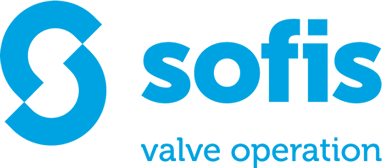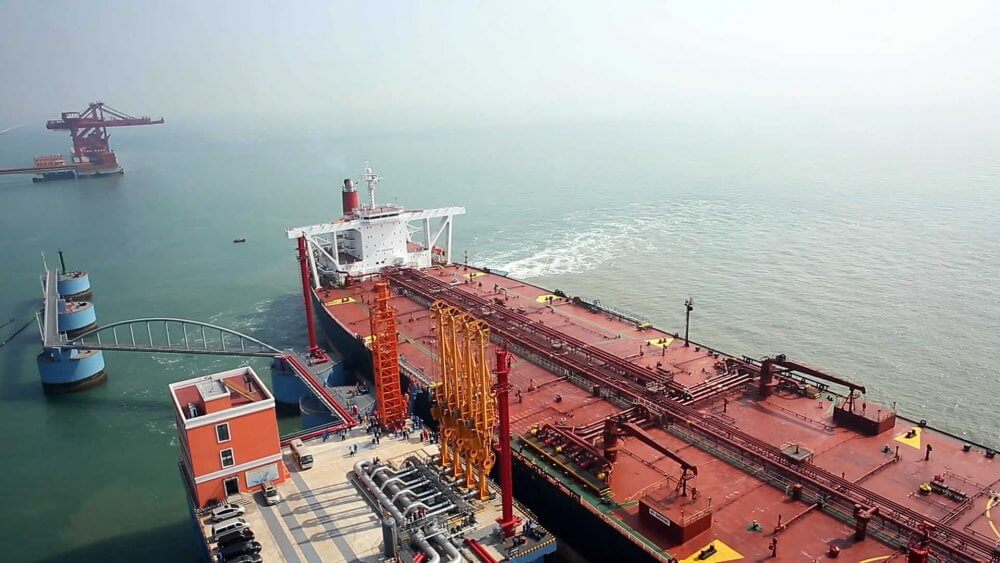One of the biggest challenges our tank terminal operators face, is the risks associated with their valve line-ups. It is not unusual to hear of terminals contending with 1 or 2 incidents annually.
What are the costs?
- Direct costs to include product loss and cleaning up: Incorrect valve line-ups can result in contamination or spills, costing the industry millions of euros.
- Indirect costs to include fines and reputation damage: This has major cost implications and can result in reputation destruction, overnight.
The criticality of a positive reputation
Reputation damage is a serious threat to terminal operators. Alternatives in the market place make it easy to switch supplier as easy as it is to lose product through valve line-up error. Our progressively connected world, means that incidents spread through the media and social network channels like wild-fire: They are quick to pass comment and first to judge – Having a detrimental, mass effect.
Following our consultation with terminal contacts, all agreed, competitive advantage is critically linked to their reputation. The movement of any one of their customers could lead to a serious loss of revenue and threaten that very terminal’s survival.
Calculations vary, but according to the industry experts, the costs per incident can easily escalate up to € 500.000. Not a sum of money that any business would want to lose.
What is your technological make-up?
In today’s world, demands are growing, and technical capabilities seem endless; some modern plants are fully equipped with the infrastructure to avoid such incidents. But what if your plant is an older/outdated build? The current methods of valve line-ups for product transfer differ significantly in terms of level of automation and control.
Manual versus automated valve operations
At one extreme, where there are many manual valves, your operators may work with a checklist detailing all required valve operations. Operations tend to be manual and are determined by the operator himself or sometimes a second operator, checking his peer’s work. This exposes risk of human error despite such ‘checks’.
On the other extreme, you may have multiple automation solutions. The DCS determines your valve line-up based on the loading requirements and everything is automatically done. Valves are operated via actuators and their positions monitored in real time.
This might be an ‘ideal’ scenario, but in real life, it is difficult to implement into existing plants and phenomenally costly.
We help you to bridge the gap
Today, we recognise that terminals continue to have many manual valves as part of the valve line-up process. Human error in valve line-up remains a concern. The terminals we addressed with limited process automation seek alternative solutions that limit their operational risk and improve performance, without the need for a multi-million investment in full plant automation.
New solutions to a terminal’s line-up challenges
There are multiple, new solutions to a terminal’s line-up challenges that can work with your existing manual valve installations: Solutions that enable various levels of sophistication and integration of manual valves into the terminal’s control system. They offer feedback about manual valve positions and can manage the operation of those valves, without the need for advanced automation systems.
Sofis has helped companies with optimizing their valve operations for many years. Would you like to know more about our expertise? Read our whitepaper or contact our Tank Storage specialists.


